As more and more people begin their journey to plumper and fuller lips with lip filler injections we are finding that more people are asking about some of the side effects, specifically the best ways to reduce swelling after lip filler injections.
Lip fillers are great way to add volume and achieve a softer, fuller and perfectly kissable lips, the use a small injection which places a small amount of hyaluronic acid into your lips. Hyaluronic acid is a naturally occurring chemical in your body and so is perfectly safe and healthy to use.
There are however sometimes some side-effects to the lip injection treatment.
How much swelling is normal after lip fillers
After any invasive treatment, even if it is a small needle there is likely to be small amount of swelling afterwards. This should reduce very rapidly, often within hours.
For the full effect of the filler treatment become apparent you will need to wait approximately 3 or 5 days in order for any initial treatment swelling to completely subsided.
Lip filler swelling stages in days
- After the first day the bulk of any swelling should have subsided.
- By day 2 the initial swelling will have gone and you will start to see the full effects of the treatment.
- By this day the bulk of any pain should have gone, the primary swelling from the injections will have subsided.
- On the 4th day after treatment you can expect for all of the swelling to have gone and to see the full effect of treatment. All pain and tenderness should also have subsided by day 4
How to hide any swelling
Try these following tips to hide and reduce swelling:
- Apply ice to the area to restrict blood flow, place it in a plastic bag to prevent getting wet and then wrapped the plastic bag in a tea towel to avoid direct ice contact with your lips.
- Make sure you drink lots. Keeping fully hydrated allows your body to mobilise fluids, rather than store them in single places (swelling) staying hydrated keeps the flow of fluid around your body.
- Avoid strenuous exercise and increasing your heart rate.
- Rest and protect your lips. This means no hard kissing for 48 hours!
- Avoid drinking through a straw for 2 days, this can also put pressure on your lips and exacerbate any swelling.
Do lip injections damage lips
If the injections are done professionally then no, they don’t damage the lips. The injections use a naturally occurring acid (hyaluronic acid) which is readily absorbed back into the body, with no common side-effects.
Swelling a few months after filler treatment
Swelling after a few months could be due to a few reasons:
- Late onset inflammatory response to hyaluronic acid. This is a rare complication which can occur 4-5 months after treatment but in extremely rare cases up to 14 months after. This information is readily treatable with oral steroids.
- Edema. This is where an excessive amount of fluid buildup in or around the cells or tissue of the body, it is a normal response and almost everyone will experience it. It is most commonly considered a minor complication and very rarely can become a serious or major complication. Typically 10-50% patients will have this type of swelling. Gentle massage of the area can help to reduce the swelling
- Lip filler lumps. These are not a normal reaction and are usually caused by incorrect technique or by the practitioner is not using the correct lip filler product. small lumps can usually be removed by massaging the area, however if you have a larger lumps then it may be the sign of allergic reaction so visiting your practitioner again is advised.
Un-even swelling after lip fillers
Uneven swelling could be caused by any of the areas listed above but is most likely due to operator error. If your practitioner removes the needle from the lips whilst they are continuing to inject the hyaluronic acid it can mean that the filler is injected into the incorrect area, it can then lay in the outer areas of your lips and cause these un-even swellings.
Likewise, if the viscosity of the filler is too high and can’t be injected well enough into the chosen area this can also lead to an uneven amount of filler, uneven lips and bumps are a result.
This is why it’s incredibly important to select your practitioner carefully, ensuring they have adequate training, not only to do the injection in the first place but to help you with any problems later on.
Bruising after treatment
After any form of injectable treatment some mild bruising should be expected. It can be helpful to use a dark coloured lipstick in order to cover up any mild bruising on your lips after the injections, you should however wait for 24 hours before applying any make up.
When you go to bed that night, sleep with your head slightly raised if possible and avoid any undue pressure on your lips (including kissing) for 24 hours, this will then keep the bruising to a minimum.
A great tip is not to book your injectable treatment the day before you are going to an event, people often ask for their practitioner not a bruise them as they go into an event the next day, unfortunately any injectable treatment does come with a bruising risk. Always have your lip filler treatment approximately one week prior to any important event, this gives time for the bruising and any swelling to subside.
references:
Lip filler side-effects, precautions and contra indications
https://www.ncbi.nlm.nih.gov/pmc/articles/PMC2890129/
late onset inflammatory response
https://www.ncbi.nlm.nih.gov/pmc/articles/PMC5889432/
Please note that this article should not be considered medical advice, diagnosis or used for any home treatments.
download a free information pack
A 14 page report full of the most useful information, “Your Essential Guide to facial aesthetics & healthy, vibrant looking skin.”
The costs and lowest price alternatives
Your options and choices for treatment
Are you suitable for treatment?
How do Botox type treatments and Dermal Fillers compare?
How long does treatment take?
Plus lots more…
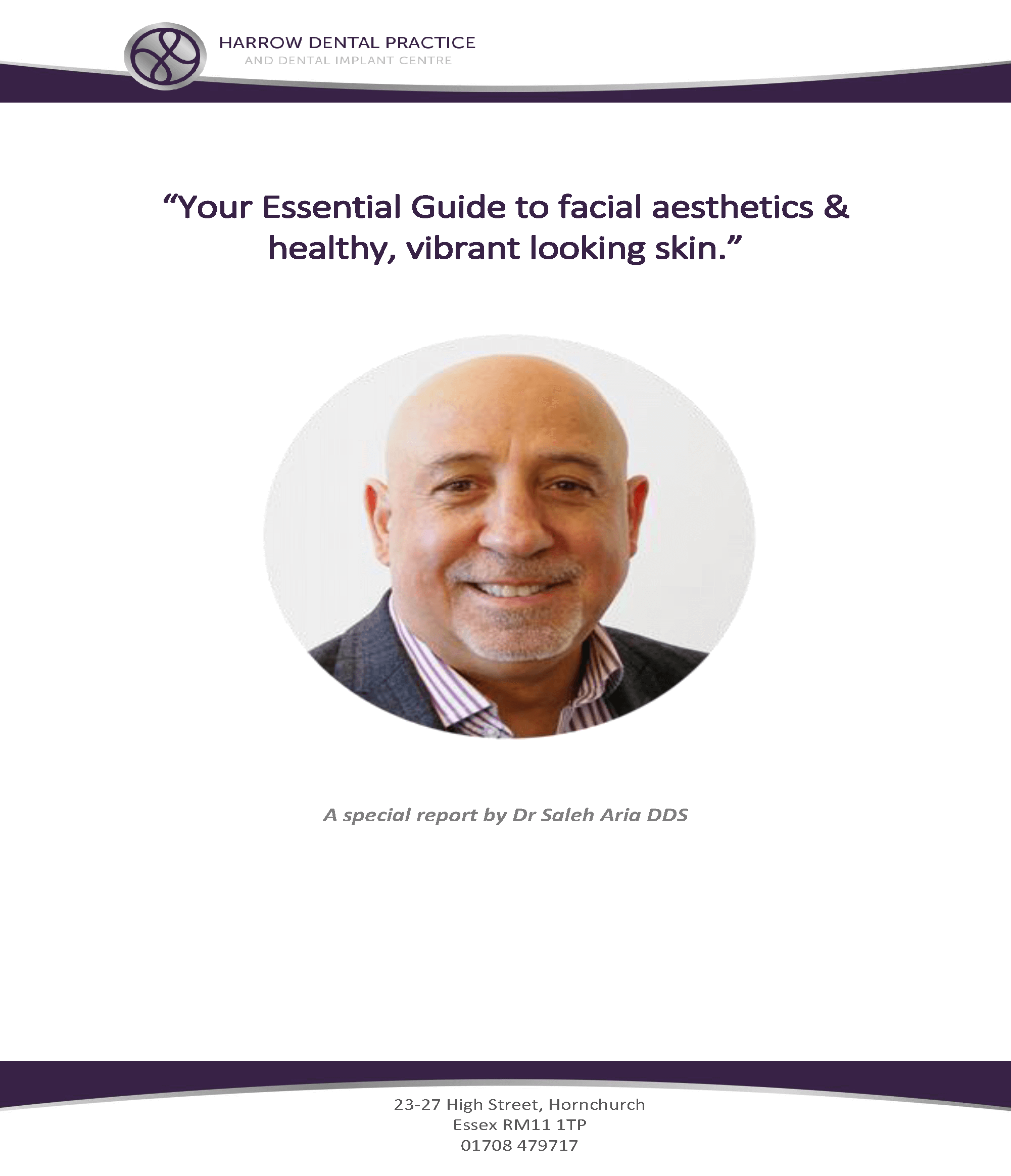

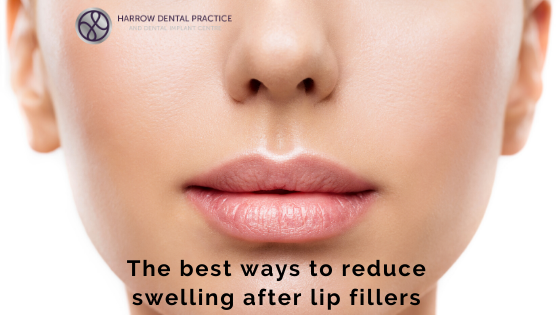

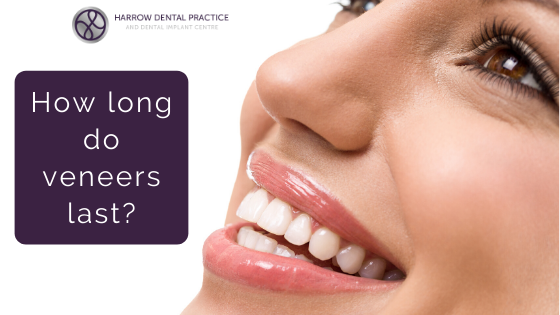

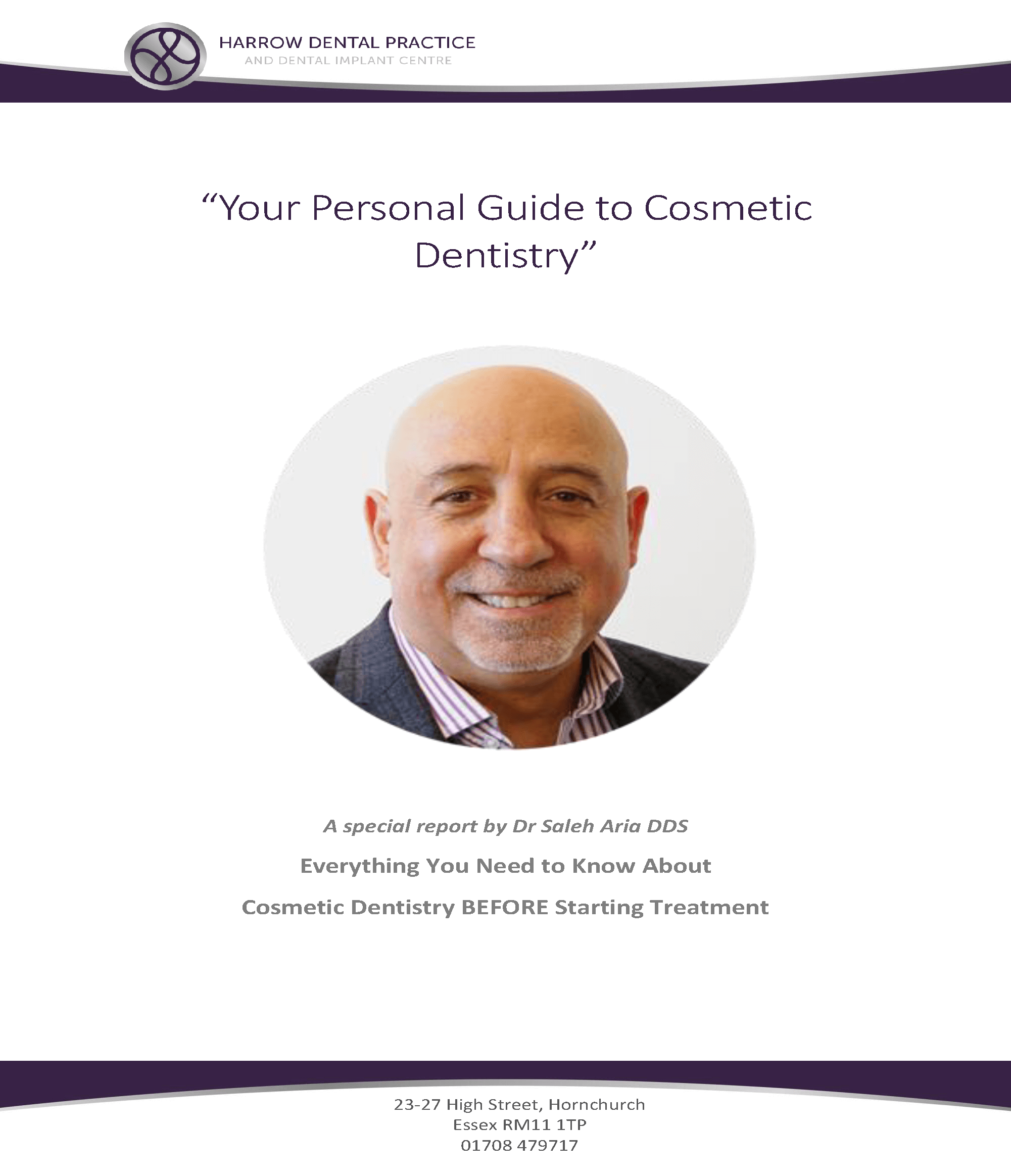 A 22 page report full of the most useful information, ideal if you’re thinking about having dental veneers
A 22 page report full of the most useful information, ideal if you’re thinking about having dental veneers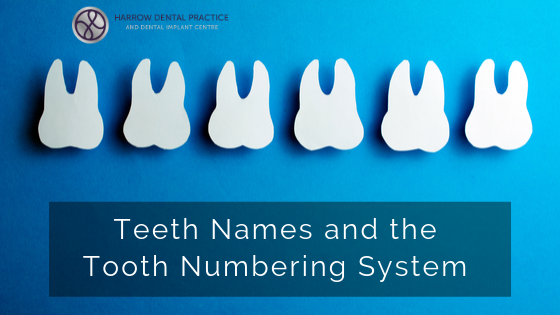
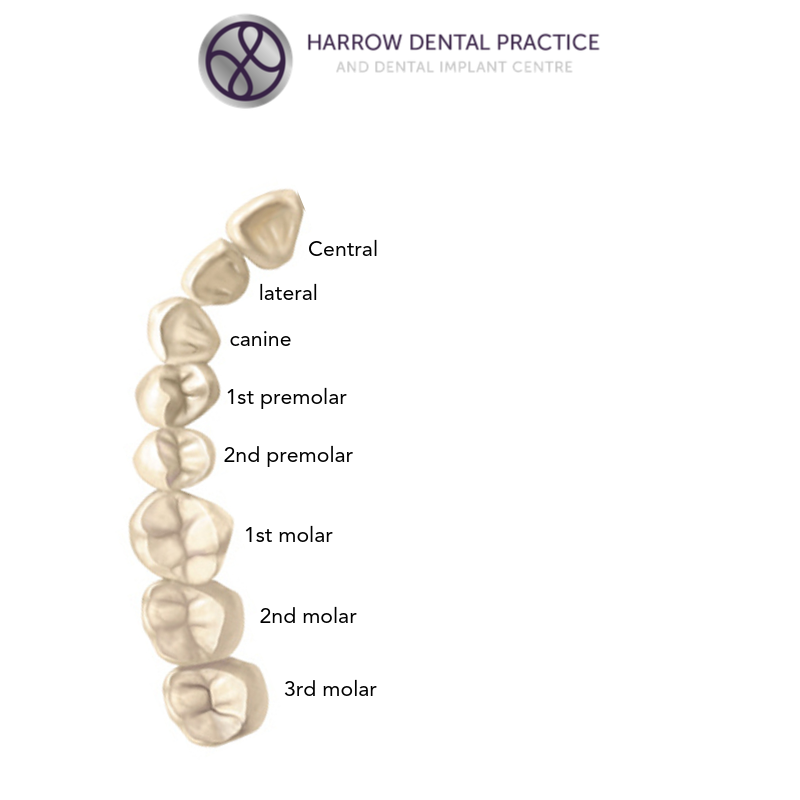
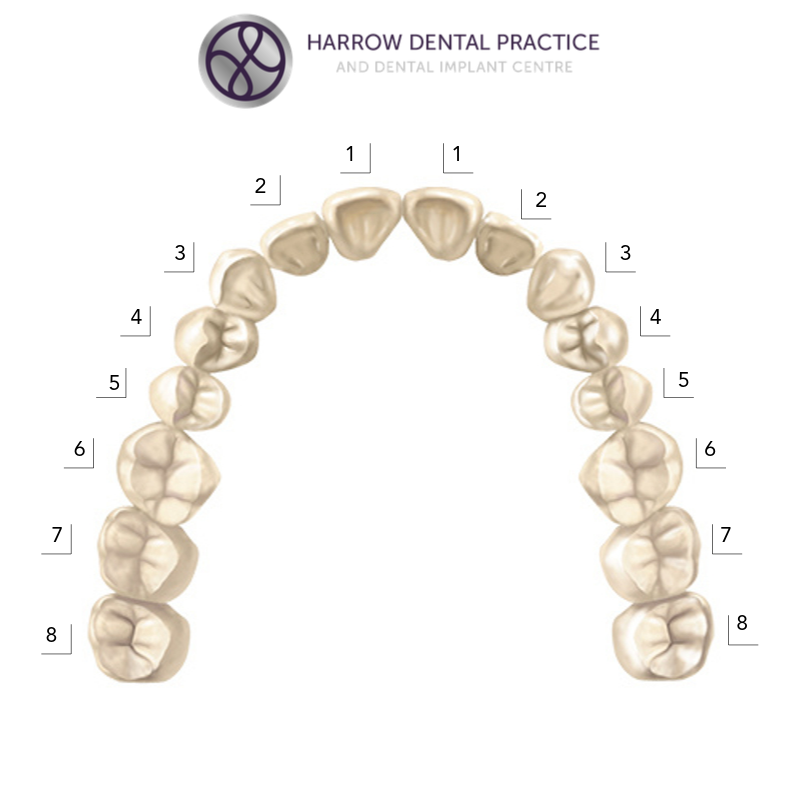

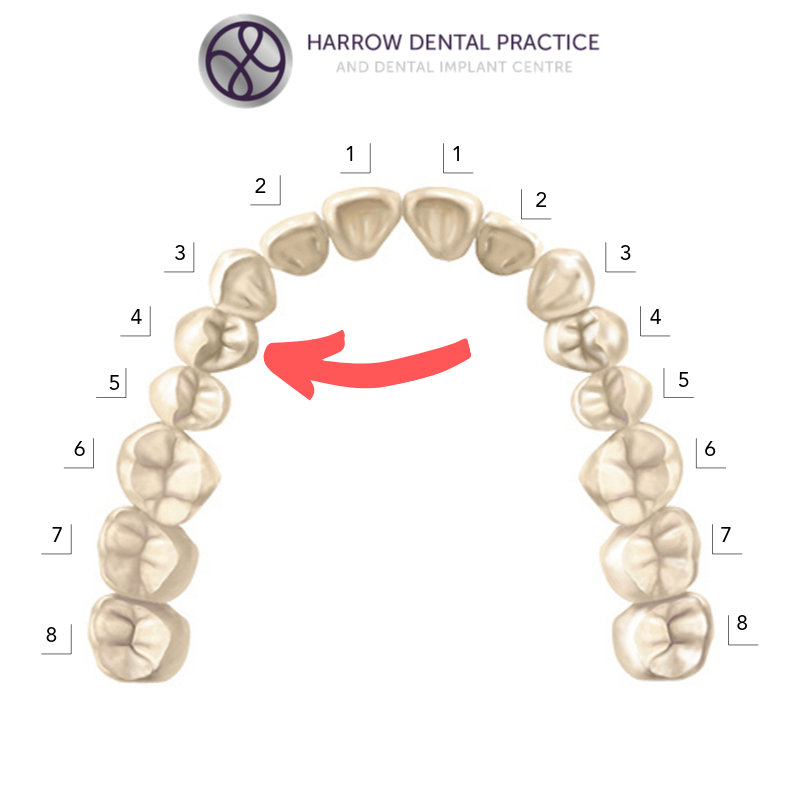
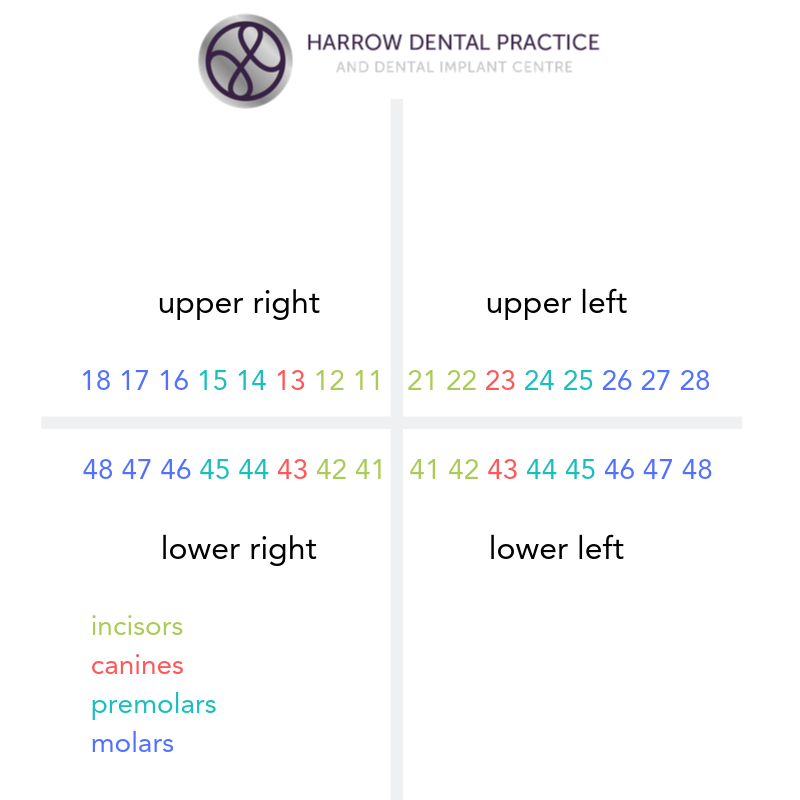
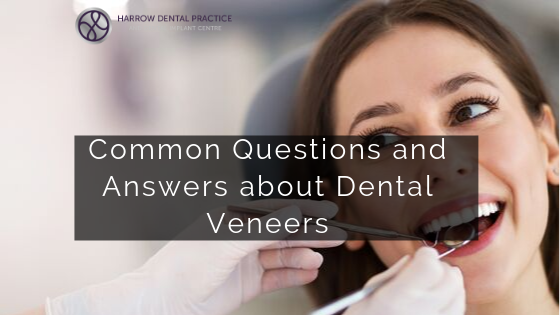
 Teeth or dental veneers are usually made of one of 2 materials, either composite resin or ceramic. They are an extremely thin layer which sits over the front surface of your natural tooth and is custom designed to fit your tooth perfectly.
Teeth or dental veneers are usually made of one of 2 materials, either composite resin or ceramic. They are an extremely thin layer which sits over the front surface of your natural tooth and is custom designed to fit your tooth perfectly.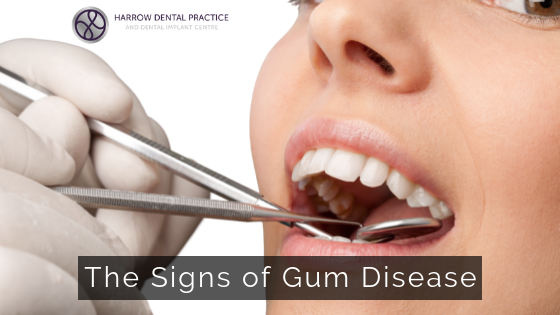
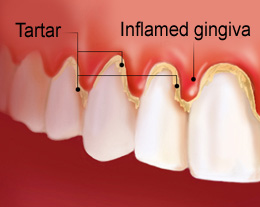
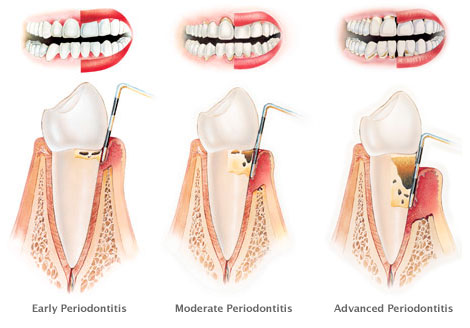
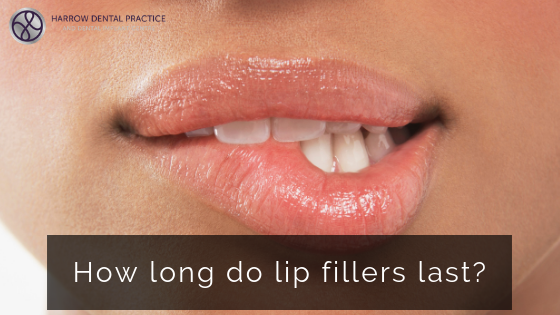
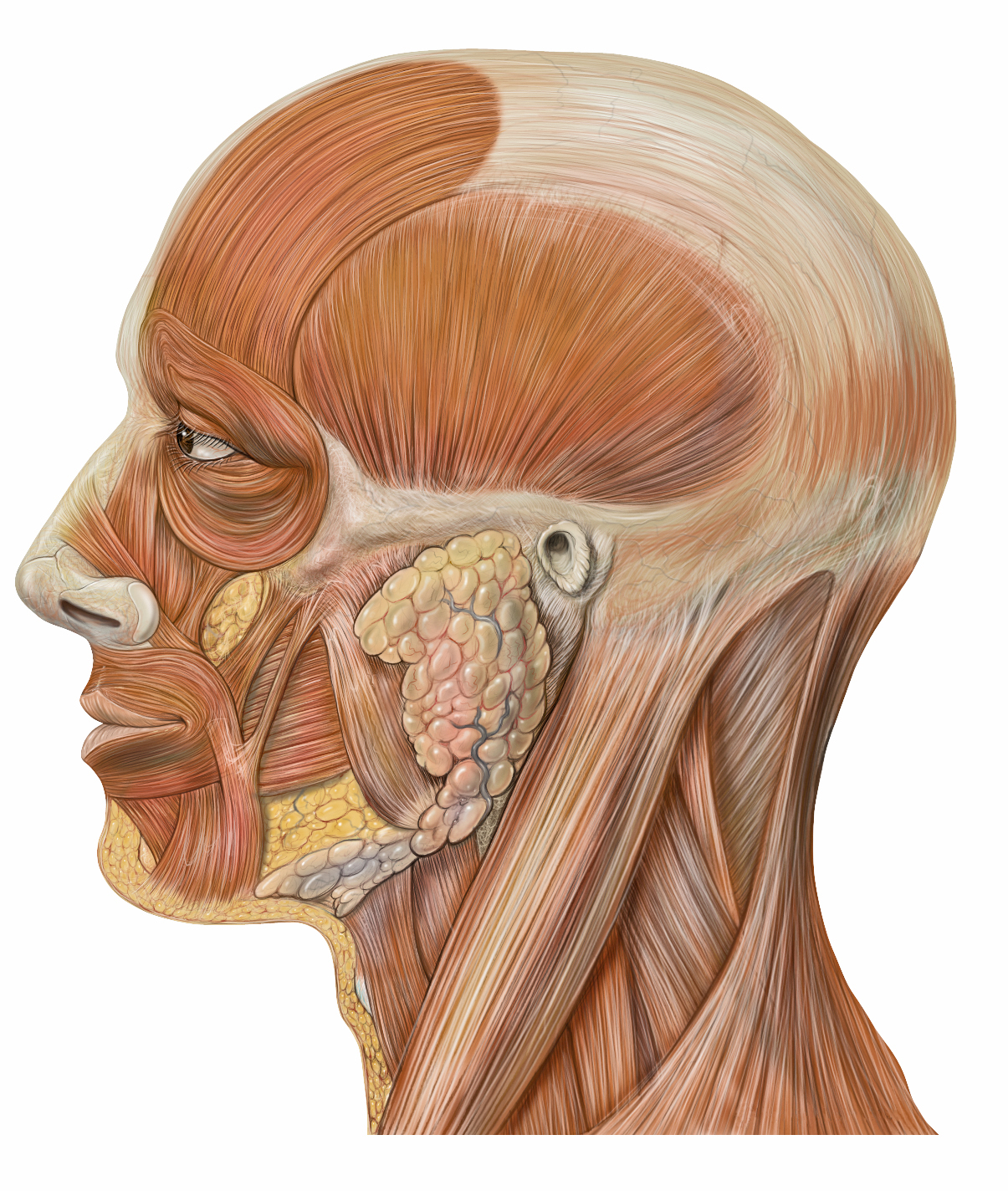 The anatomy around your head, face and neck is also very complex with lots of blood vessels and nerves. It’s vital that the injections are placed in exactly the right place by someone that has had adequate training and knows what the results will be.
The anatomy around your head, face and neck is also very complex with lots of blood vessels and nerves. It’s vital that the injections are placed in exactly the right place by someone that has had adequate training and knows what the results will be.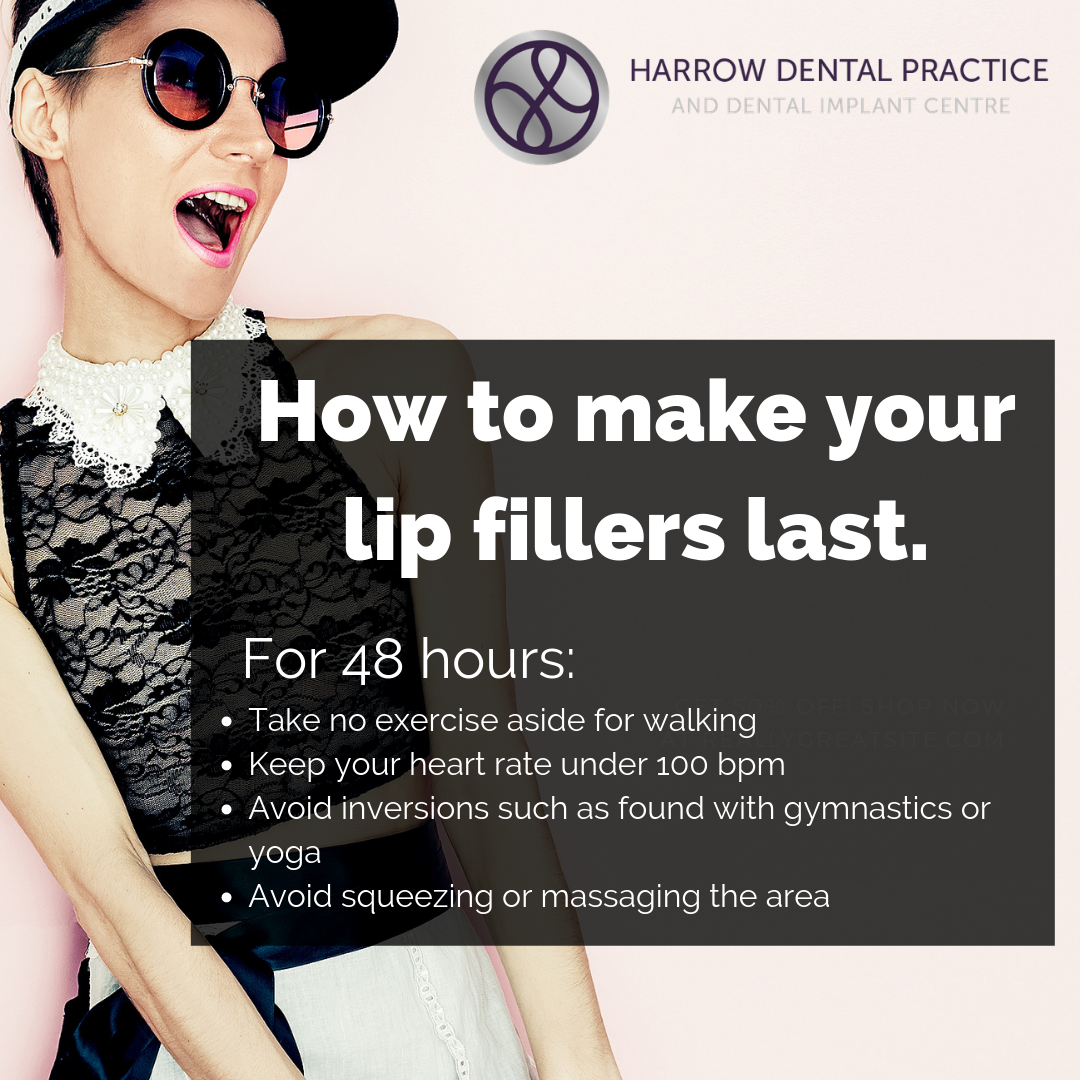
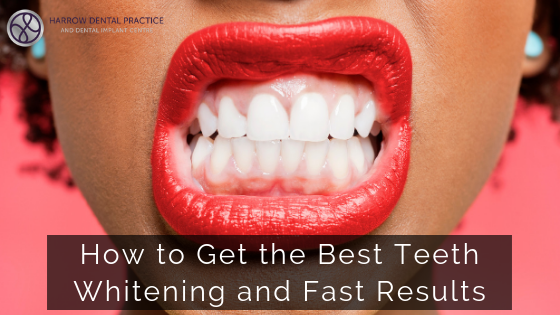

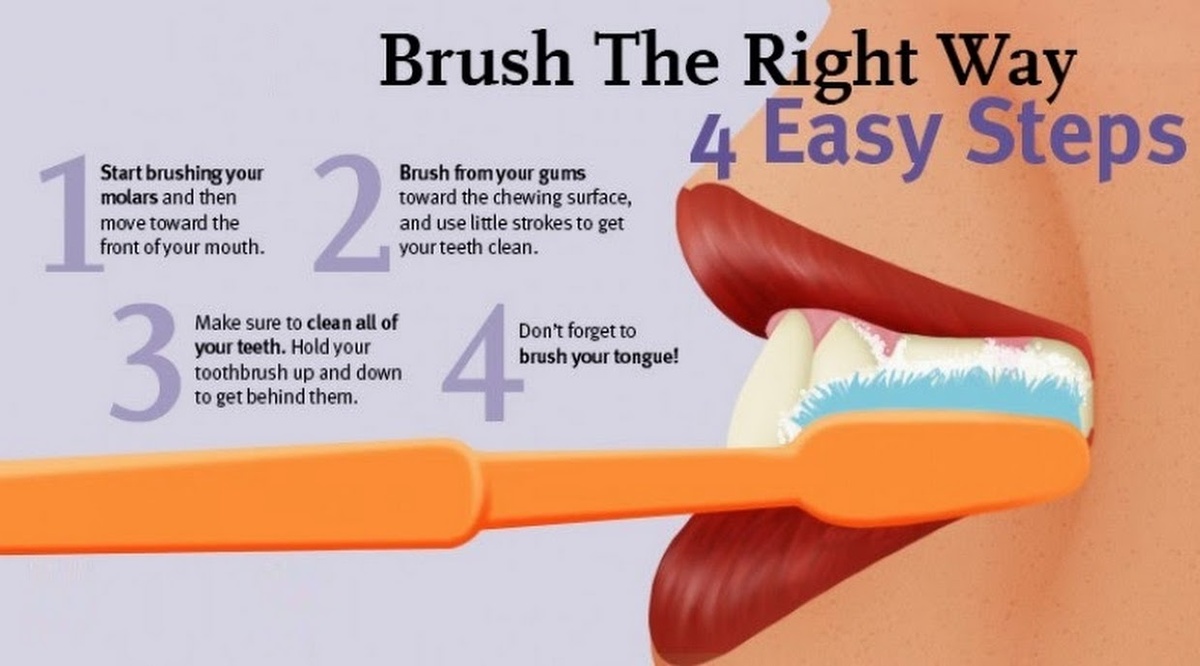
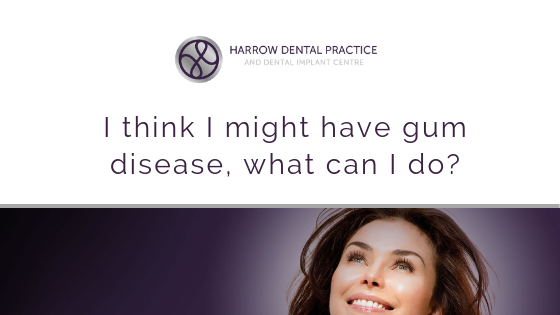
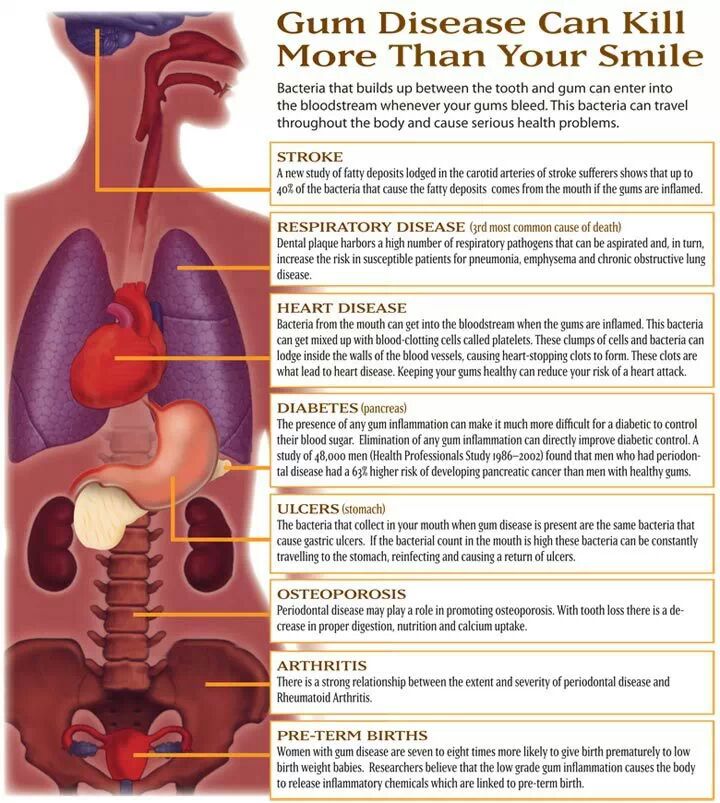
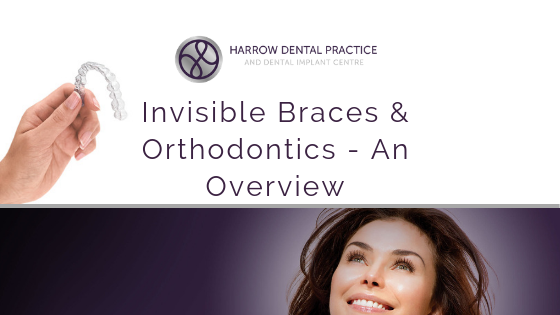
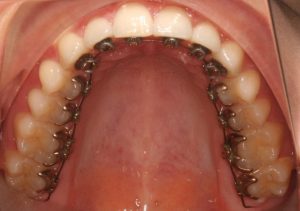
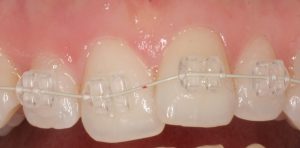 This is yet another cosmetic alternative to the standard braces. The archwire is made tooth coloured to reduce its visibility against the background formed by your teeth. And the brackets are made of transparent plastic or tooth coloured ceramic so that they are not noticed. In addition, clear or transparent ligatures are used to enhance aesthetics.
This is yet another cosmetic alternative to the standard braces. The archwire is made tooth coloured to reduce its visibility against the background formed by your teeth. And the brackets are made of transparent plastic or tooth coloured ceramic so that they are not noticed. In addition, clear or transparent ligatures are used to enhance aesthetics.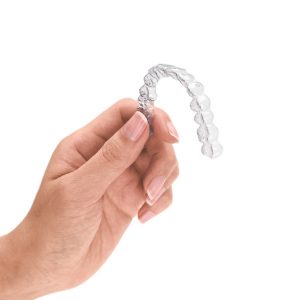 In the category of orthodontic teeth alignment appliances, the
In the category of orthodontic teeth alignment appliances, the